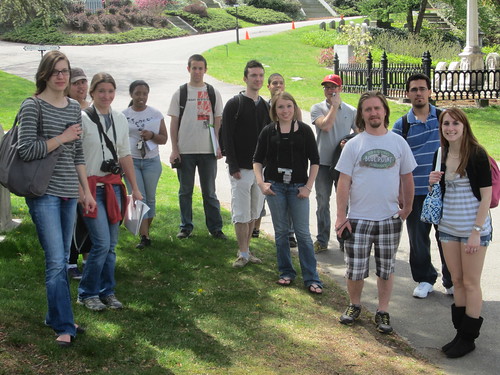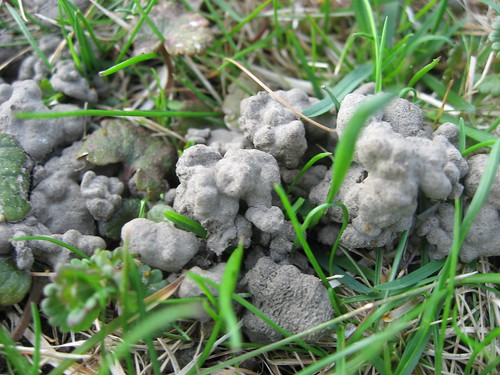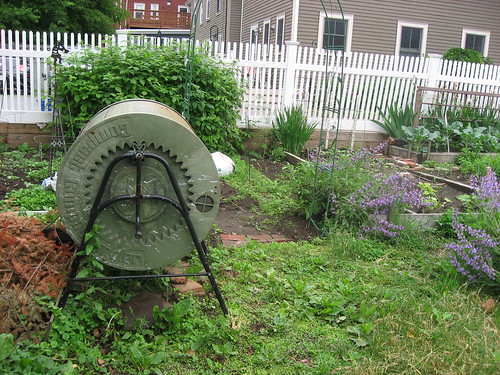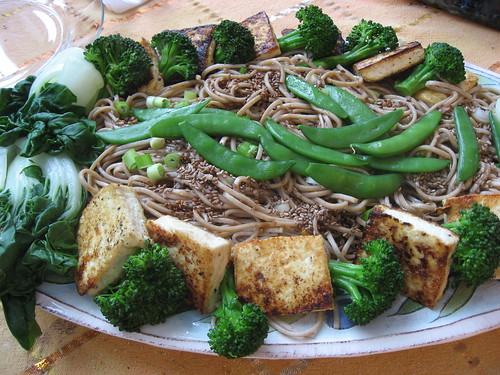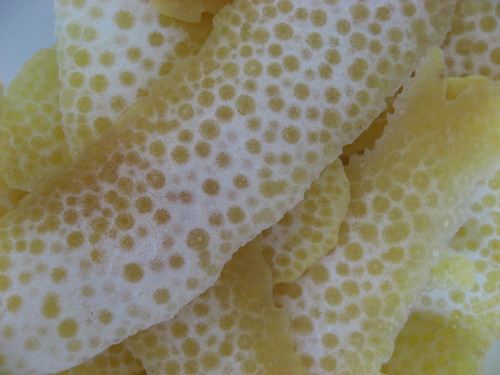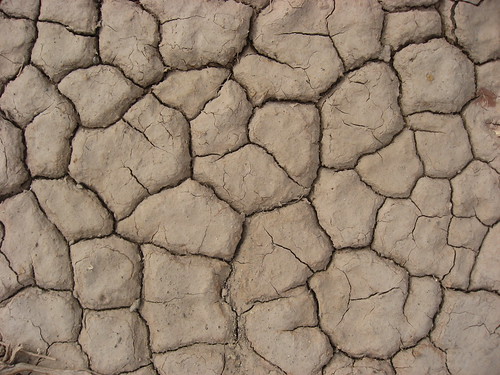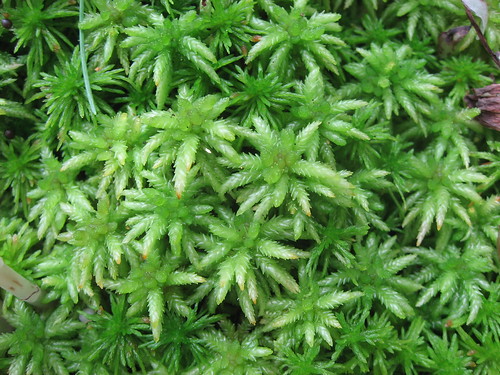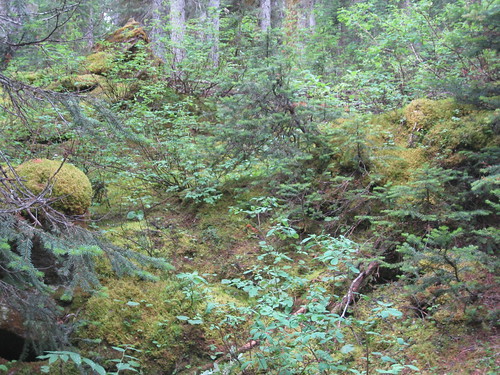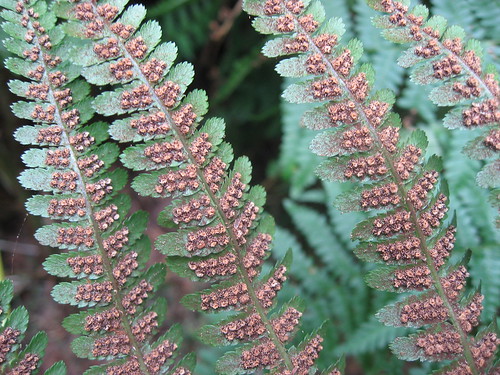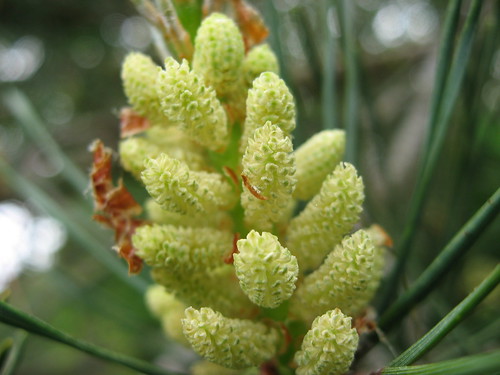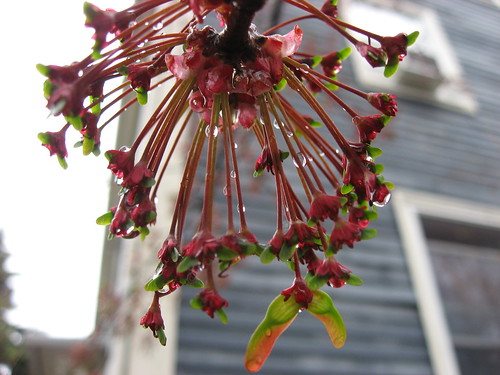It all started a couple of months ago when I noticed the worms' habitat was looking and feeling kind of gummy. This wasn't the kind of soil I'd want to put into pots for my houseplants. So I started to think about it. What was missing? I used the usual method for problem solving, sleeping on it. And I woke up with an idea. The soil needed some grit. The worms too for that matter.
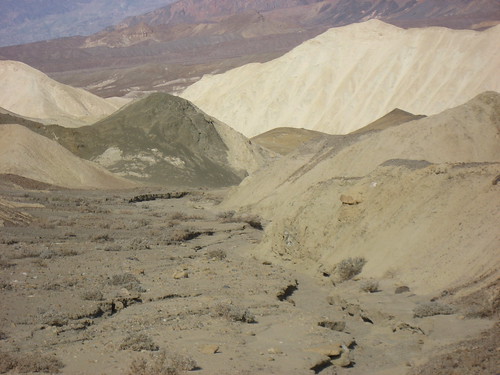
So we bought a fifty pound sack of sand and about once a week I added some sand to the worm habitat. I observed that where sand had been mixed into the soil there were more worms. And soon I noticed that there were more baby worms around there too. So I thought about it some more and remembered long long long ago when we did worm dissections in high school. We learned then that worms need some sand in their gut to help them digest their food.
This got me to thinking more about worm nutrition and the balance of worm habitats we want to achieve for optimum worm "performance." If I had neglected grit all these months what else was missing?
So I started looking more carefully at the worms in their recycle bins. Always I had thought they were pretty happy! But now I noticed a few more things. First, there were certain things that didn't disappear that quickly. Large pieces of cabbage for example. Aha! Cut things into smaller pieces for the worms!
Then I noticed that certain parts of the recycle bins were dry and others much wetter. I realized that the wet parts were kind of rotten smelling and the dry parts didn't have much worm action going on. Solution? Mix the soil frequently. The smell disappeared right away and overall I saw more worms squirming around all through the environment.
Then some of my students did a presentation on composting. In addition to a good balance of oxygen they reported that composting environments need a balance of carbon vs. nitrogen. Carbon comes from the cellulose-rich things we add to the compost, like pressed cardboard egg cartons. Nitrogen is from the protein-rich leaves and veggie peelings we add.
Protein-rich leaves?? Well it all boils down to the structure of plant cells, which are surrounded by an indigestible cellulose cell wall. The proteins in the cell run the photosynthetic process but they are unavailable to us because we can't break down cellulose. When micro-organisms in the soil break down that cellulose the proteins in the leaves and vegetables become available in the worm environment.
This got me thinking about something else. Have you ever seen a worm biting into a leaf? How were they getting their nutrition? It always surprises me that as a professor who teaches this stuff there are many things I haven't thought through all the way. I'm always teaching that the soil is alive with zillions of micro-organisms. Somehow it hadn't occurred to me that the bacteria, fungi, and other microbes in the soil break down organic matter that's there. In the worm bins, these microbes are the first stage in breakdown of stuff we put in.
The worms ingest partially broken down materials and in their guts, more microbes break the materials down thoroughly, mostly producing carbon dioxide.
It's not the easiest thing to grasp at first, but it's not rocket science either. All natural environments have some kind of balance. In the worm environment we're working on there's a balance of oxygen, water, nutrients, organic matters and particles of grit. It's a work in progress but an amazing one. The more I work on it the more I learn.


